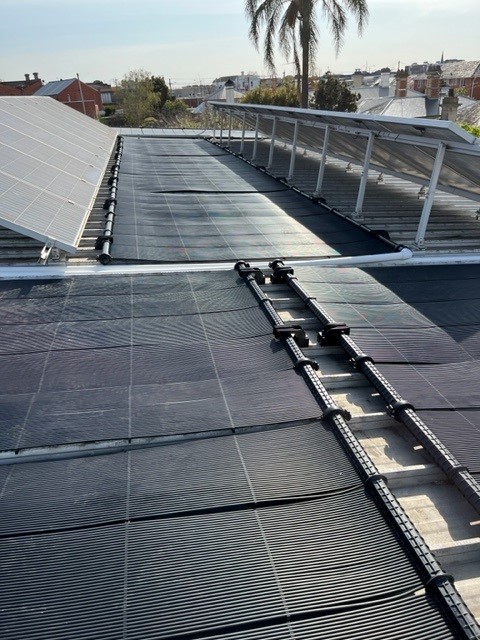For those fortunate enough to have a solar pool heating system, the joys of summer swims don’t have to end with the calendar. The ability to take a dip in comfortably warm water extends well beyond the traditional season, making every sunny day an invitation to enjoy your pool. However, as the warmth of summer gives way to the cooler months, it’s crucial to start thinking about preparing your solar pool heating system for winter. Ensuring your system is properly winterised before the onset of sub-freezing temperatures is paramount to prevent significant damage and extend the lifespan of your investment. This comprehensive guide, based on expert advice, outlines the essential steps to safeguard your solar pool heating system from winter’s cold grasp.
The Importance of Draining Your Collectors
At the heart of winterising your solar pool heating system is the need to ensure that the collectors are fully drained. While the expansion of water due to freezing could potentially affect the system, taking this precautionary step helps maintain its condition and avoid the need for unnecessary repairs.
Automatic Drain Down: Your First Line of Defense
For those with systems installed on inclined roofs, an automatic drain down feature may already be in place. This sophisticated feature is designed to drain the collectors automatically whenever the solar system is turned off, preventing any water from remaining in the system that could freeze and cause damage.
Verifying Your System’s Features
To ease your winter preparation efforts, it’s highly recommended to consult with your pool solar system installer to confirm whether your system includes an automatic drain down feature. If your system is equipped with this feature, it significantly simplifies the winterisation process by ensuring the collectors are drained automatically, without manual intervention.
Manual Draining for Flat Installations
If your solar pool heating system is installed on a flat surface, manual intervention might be necessary to ensure proper drainage. This involves manually raising one of the headers of each panel, facilitating water to drain out completely. Neglecting this step could result in water remaining in the collectors, which, if allowed to freeze, could affect the tubes.
Avoiding Air Traps in the Circulation System
An important yet often overlooked step in the winterisation process is ensuring that air does not become trapped within the circulation system. Leaving one valve of the circulation system open allows for the escape of any trapped air, which is crucial for maintaining the system’s integrity during the winter months.
The Heliocol Advantage: Minimal Maintenance, Maximum Efficiency
While winterising your solar pool heating system might seem like a daunting task, it’s worth noting that Heliocol systems are designed with simplicity and efficiency in mind. Known for their robust construction and minimal maintenance needs, Heliocol systems demand little effort to prepare for winter. By following the straightforward steps outlined above, you can ensure your Heliocol system remains in top condition throughout the colder months, ready to efficiently heat your pool as soon as the warm weather returns.
Final Thoughts
Winterising your pool solar system is essential in cold regions to prevent damage and maintain functionality. Regardless of whether your system uses an automatic drain down or requires manual draining, the goal is to ensure all water is removed from the collectors. By adhering to these key steps, you can keep your solar pool heating system, particularly Heliocol models, in prime condition for the next swimming season.






